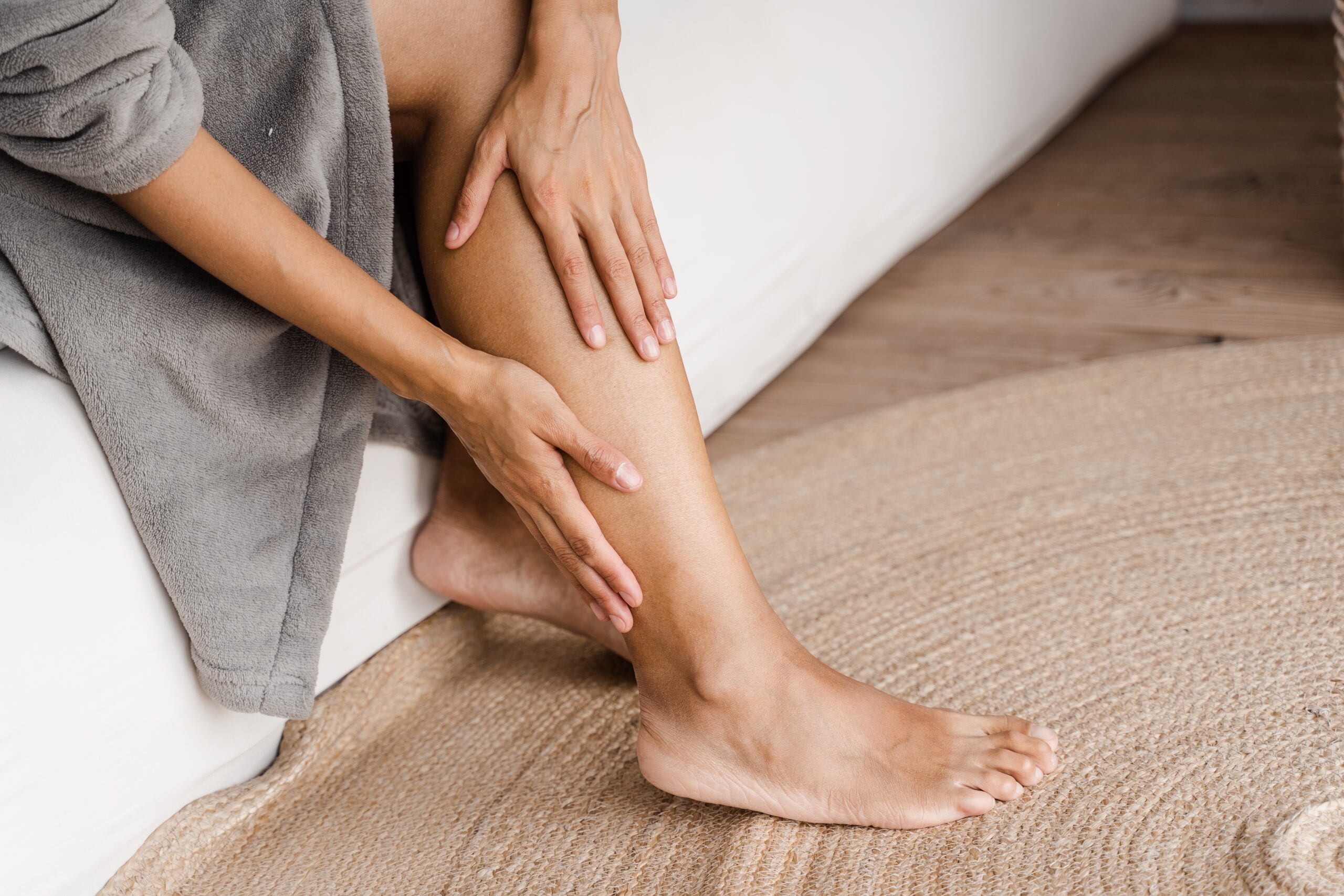Lipedema is a chronic and progressive condition that primarily affects women, with rare cases reported in men. Often mistaken for excess fat deposits or other conditions, understanding the true nature of Lipedema is crucial for appropriate treatment. In this blog post, we will explore the symptoms, stages, types, potential causes, diagnosis, and a multidisciplinary approach to managing Lipedema.
Symptoms and Stages
Lipedema typically manifests during hormonal changes such as puberty, pregnancy, and menopause. The hallmark of the disease is the disproportionate accumulation of body fat in the lower extremities, sparing the hands and feet. The condition progresses through three stages, each characterized by changes in skin texture and the presence of nodules.
Stage 1: Skin is thick but soft with small palpable nodules.
Stage 2: Skin thickens, larger nodules develop, and the skin surface becomes uneven.
Stage 3: Skin is thick and complex, with large nodules and disfiguring fat deposits.
Types of Lipedema
Lipedema is categorized into five types based on the affected areas:
Type 1: Buttocks.
Type 2: Thighs.
Type 3: Entire lower limbs.
Type 4: Arms.
Type 5: Knee to ankle.
Causes of Lipedema
The exact cause of Lipedema remains unclear, but it is believed to involve genetic predisposition, hormonal factors (especially estrogen), and potential microvascular dysfunction. Various hypotheses suggest hyperplasia or hypertrophy of subcutaneous fat cells and chronic progressive compartment syndrome.
Diagnosing Lipedema
Diagnosing Lipedema involves considering clinical criteria such as bilateral symmetrical disproportionate fatty tissue, sparing of hands and feet (cuff phenomenon), negative Stemmer sign, feeling of heaviness, pain on touch, and more. Advanced stages may lead to Lipo-Lymphedema, requiring a comprehensive clinical evaluation to exclude other possible conditions.
Lipedema Treatment
A multidisciplinary approach is essential for Lipedema treatment. Patient education plays a crucial role in emphasizing the chronic nature of the condition. Weight control through a well-maintained diet, particularly low in carbohydrates to reduce inflammation, is vital. Nutritional guidance from a professional can aid in finding the most effective diet for the patient.
Other treatment modalities include complex decongestive therapy (manual lymphatic drainage, compression therapy, exercise therapy) and lymph-sparing liposuction, particularly the Water-Assisted Liposuction (WAL) method. This gentle approach minimizes damage to surrounding tissues, blood vessels, and lymphatics while addressing abnormal fat deposits.
Lipedema is a complex condition that requires a comprehensive understanding for proper management. By recognizing the symptoms, understanding the stages, and implementing a multidisciplinary treatment approach, individuals can effectively navigate this chronic condition and improve their quality of life.
Schedule a Consultation
If you suspect you may have Lipedema, consult our healthcare professionals for a thorough evaluation and a personalized treatment plan. Discover a New You with Eterna MD! Call our Lake Mary and Orlando, FL office at 407-664-1073 or use our online form to schedule a consultation with Dr. Mercado and Dr. De La Vega. Take the first step towards a better quality of life – consult with our healthcare professionals for a personalized treatment plan today!
Dr. Mara De La Vega
Dr. Mara De La Vega, Medical Director and Master Injector at Eterna MD Medical Rejuvenation Center, is a leader in aesthetic medicine known for her personalized, client-centered approach and groundbreaking innovations. She is the inventor of Radiant HA, a unique blend of Calcium Hydroxyapatite and Hyaluronic Acid that stimulates collagen production and boosts skin hydration. With expertise spanning cosmetic fillers, injectables, laser resurfacing, body contouring, mesotherapy, PRP therapy, and advanced cellulite treatments, Dr. De La Vega incorporates pioneering techniques from Europe and South America to deliver exceptional results. Recognized for her precision with under-eye fillers, facial biostimulators, and Sculptra, she also leads advancements in regenerative aesthetics through the use of stem cells for authentic rejuvenation. As Medical Director of Eterna MD, Dr. De La Vega continues to set new standards in patient care and innovation, solidifying her reputation as a trailblazer in cosmetic medicine.
- Dr. Mara De La Vega#molongui-disabled-link
- Dr. Mara De La Vega#molongui-disabled-link
- Dr. Mara De La Vega#molongui-disabled-link
- Dr. Mara De La Vega#molongui-disabled-link




